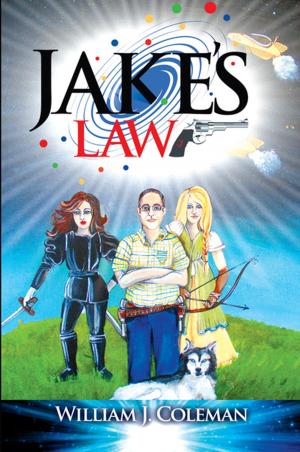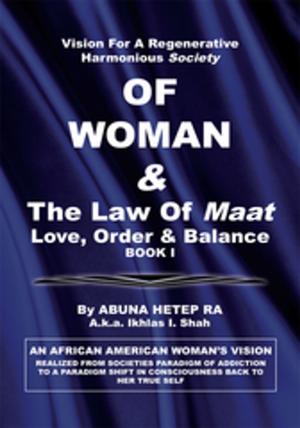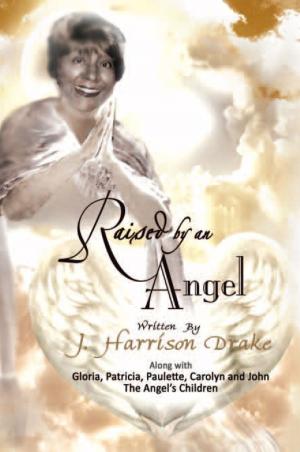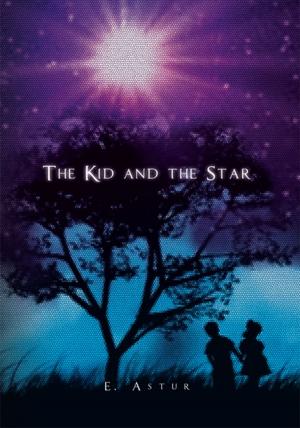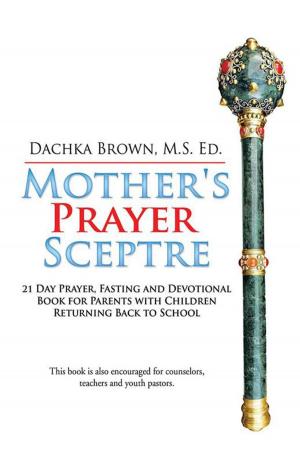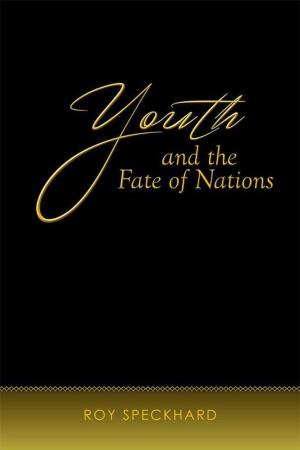Before and After Roswell
The Flying Saucer in America, 1947-1999
Nonfiction, History, Americas, United States, 20th Century| Author: | David A. Clary | ISBN: | 9781462841295 |
| Publisher: | Xlibris US | Publication: | January 22, 2001 |
| Imprint: | Xlibris US | Language: | English |
| Author: | David A. Clary |
| ISBN: | 9781462841295 |
| Publisher: | Xlibris US |
| Publication: | January 22, 2001 |
| Imprint: | Xlibris US |
| Language: | English |
The flying saucer has been the most vivid and persistent image in American life of the last half century. It has also generated more controversy and rancor than anything else that might be characterized as a fantasy. It is malleable, suiting a wide variety of beliefs and outlooks, touching nearly every public concern. It arrived as a mysterious threat from above, a metaphor for The Bomb. It transformed swiftly into a hope from above, promising to save us from ourselves. Renamed UFO, it became a symbol for those who distrusted the government. Along its way through the postwar skies, it acquired a cargo that included every species of hoax, craziness, lunacy, and even sexual fantasy, along with a fair amount of scientific and political baggage. The flying saucer myth says much about how Americans react to the unexpected.
Before and After Roswell: The Flying Saucer in America, 1947-1999 places the flying saucer idea in the context of history, politics, entertainment, and science to arrive at an explanation of what it is all about and how it got that way. Because the Roswell incident--the story that a flying saucer crashed near Roswell, New Mexico, in 1947 and that the government has hidden the truth about it ever since--has dominated the subject recently, the book is anchored around that particular story while demonstrating that the flying saucer did exist before and after Roswell. It corrects some misconceptions, including one that holds that because a majority of people say they believe in UFOs, they therefore believe in a conspiracy to cover up the truth about them.
After detailing what actually happened in Roswell in 1947, the book takes up the birth of the flying saucer earlier that year, underscoring the fact that the name originally denoted its movement, not its shape. The text then examines the Air Forces and CIAs responses to the phenomenon, and the rise of competing bands of ufologists, true believers and skeptics, to dominate debate over it. The book also addresses Cold War contributions to the UFO issue, and the role of Hollywood in providing the images that defined it. Along the way it describes the crashed-saucer tradition, the contactees, abductions, men in black, the Bermuda Triangle, ancient astronauts, cattle mutilations, the little gray alien, SETIs Drake Equation, sex and the flying saucer, and the rise of a new ufology emanating from the conspiracy culture growing out of the Kennedy assassination mythology and the Watergate scandal.
Part Two of Before and After Roswell begins with the invention of the incident in 1980, then traces the history of the flying saucer idea to the end of the century. Important here are the submersion of the saucer into the larger anti-government conspiracy tradition of that period, and the increasing domination of the subject by television, including Area 51, a myth invented on a TV show, and the combined influence of reality-based cable documentaries and the amazingly popular series The X-Files. Also addressed are such things as crop circles, the MAJIC hoax, the face on Mars, UFO conspiracy fiction, and the explosion of the abduction belief. A chapter on The Battle of Roswell traces the evolution of that controversy through a succession of books by ufologists; in the end it broke down into disputed orthodoxies and feuds over who had the real crash site to charge admission to. When boosters tried to turn Roswell into a tourist attraction, their quarrels and mercenary outlook alienated the town and made the annual UFO Encounter a flop. The book concludes that the flying saucer is not a thing, but an idea, and one that will overcome the burden of
The flying saucer has been the most vivid and persistent image in American life of the last half century. It has also generated more controversy and rancor than anything else that might be characterized as a fantasy. It is malleable, suiting a wide variety of beliefs and outlooks, touching nearly every public concern. It arrived as a mysterious threat from above, a metaphor for The Bomb. It transformed swiftly into a hope from above, promising to save us from ourselves. Renamed UFO, it became a symbol for those who distrusted the government. Along its way through the postwar skies, it acquired a cargo that included every species of hoax, craziness, lunacy, and even sexual fantasy, along with a fair amount of scientific and political baggage. The flying saucer myth says much about how Americans react to the unexpected.
Before and After Roswell: The Flying Saucer in America, 1947-1999 places the flying saucer idea in the context of history, politics, entertainment, and science to arrive at an explanation of what it is all about and how it got that way. Because the Roswell incident--the story that a flying saucer crashed near Roswell, New Mexico, in 1947 and that the government has hidden the truth about it ever since--has dominated the subject recently, the book is anchored around that particular story while demonstrating that the flying saucer did exist before and after Roswell. It corrects some misconceptions, including one that holds that because a majority of people say they believe in UFOs, they therefore believe in a conspiracy to cover up the truth about them.
After detailing what actually happened in Roswell in 1947, the book takes up the birth of the flying saucer earlier that year, underscoring the fact that the name originally denoted its movement, not its shape. The text then examines the Air Forces and CIAs responses to the phenomenon, and the rise of competing bands of ufologists, true believers and skeptics, to dominate debate over it. The book also addresses Cold War contributions to the UFO issue, and the role of Hollywood in providing the images that defined it. Along the way it describes the crashed-saucer tradition, the contactees, abductions, men in black, the Bermuda Triangle, ancient astronauts, cattle mutilations, the little gray alien, SETIs Drake Equation, sex and the flying saucer, and the rise of a new ufology emanating from the conspiracy culture growing out of the Kennedy assassination mythology and the Watergate scandal.
Part Two of Before and After Roswell begins with the invention of the incident in 1980, then traces the history of the flying saucer idea to the end of the century. Important here are the submersion of the saucer into the larger anti-government conspiracy tradition of that period, and the increasing domination of the subject by television, including Area 51, a myth invented on a TV show, and the combined influence of reality-based cable documentaries and the amazingly popular series The X-Files. Also addressed are such things as crop circles, the MAJIC hoax, the face on Mars, UFO conspiracy fiction, and the explosion of the abduction belief. A chapter on The Battle of Roswell traces the evolution of that controversy through a succession of books by ufologists; in the end it broke down into disputed orthodoxies and feuds over who had the real crash site to charge admission to. When boosters tried to turn Roswell into a tourist attraction, their quarrels and mercenary outlook alienated the town and made the annual UFO Encounter a flop. The book concludes that the flying saucer is not a thing, but an idea, and one that will overcome the burden of


